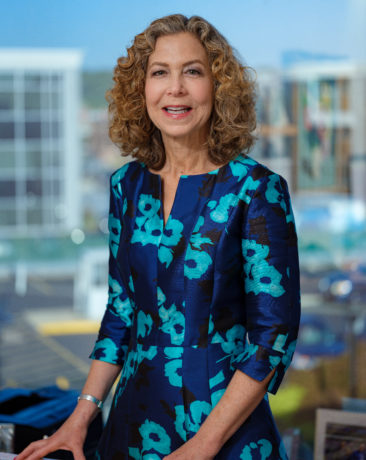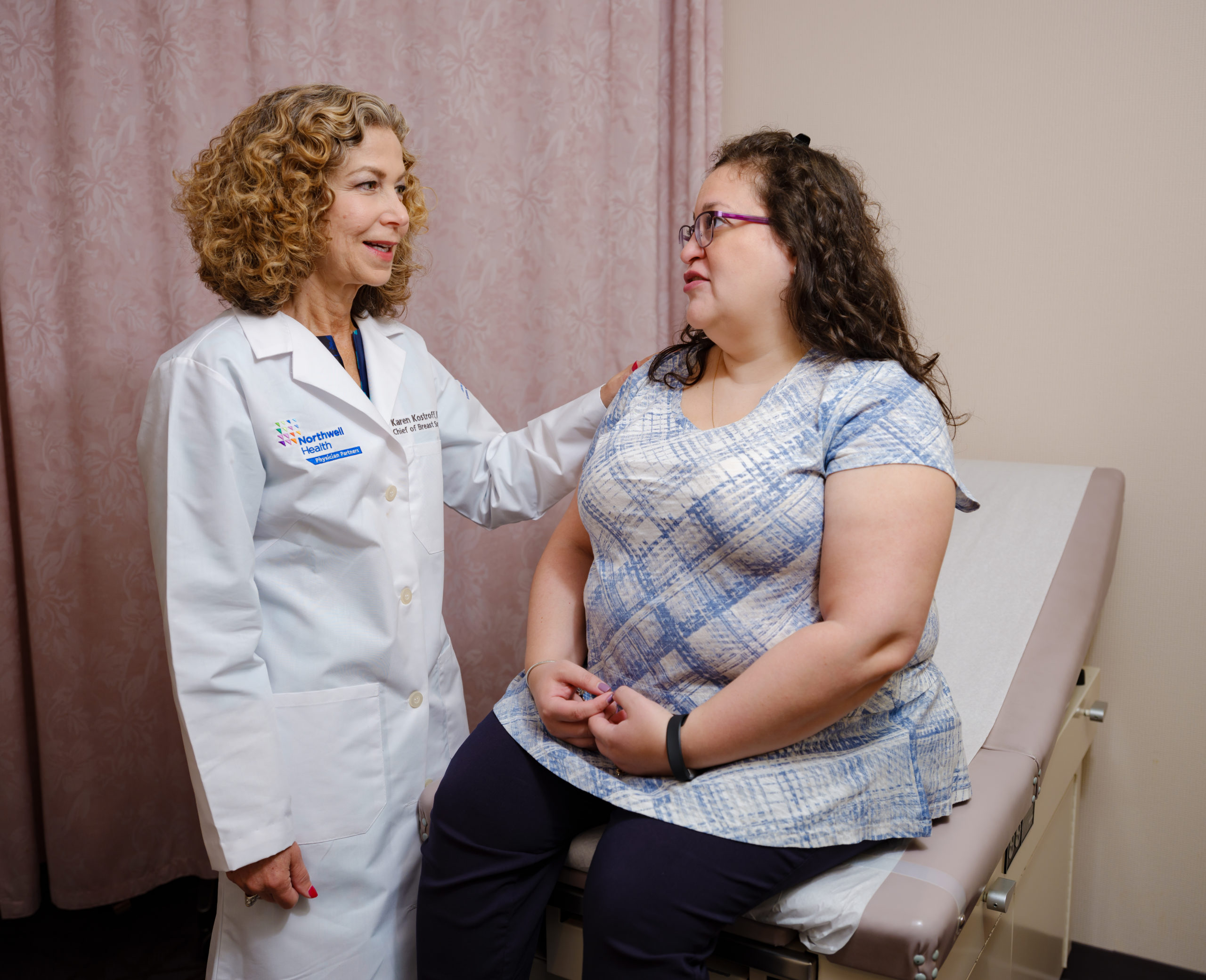During Dr. Karen Kostroff’s 32 years at Northwell Health, she has seen many innovations in breast cancer care and surgery.
Originally from Great Neck, Kostroff said as chief of breast surgery, she is responsible for all issues relating to breast surgery in the Northwell system, and she runs a breast tumor board, a system-wide teleconference with doctors from a slew of disciplines to get many medical opinions on one case without having the patient book multiple appointments.

“Breast is a field where it involves a radiologist to a pathologist to a surgeon to a medical oncologist to a radiation oncologist to a plastic surgeon to a geneticist,” Kostroff said. “We present topics that are what’s new and innovative every time we meet, but we also discuss complex breast cases. That allows us to have all the specialties give their opinion not only at individual hospitals, but discuss it system-wide.
“It would be very hard for all these smaller hospitals to have that level of expertise everywhere. This way, a patient really benefits and can have a really high level of analysis of their individual situation.”
This year, Northwell introduced a technique called seed localization, Kostroff said, allowing new options when a lesion needs to be removed but can’t be felt.
Previously, patients would have a guide wire placed on the day of the surgery, but Kostroff said her team now has the ability to place prior to the surgery date a clip that emits a radio frequency picked up in the operating room.
“It’s nicer for the patient because they don’t have a wire, which adds anxiety to the day of the surgery, and they don’t have to have a wire sticking out of them until we take them to surgery,” Kostroff said.
Kostroff said one of the greatest recent advancements in the breast surgical field is a nipple sparing mastectomy, or hidden scar surgery. Instead of incisions on the front of the breast that often leave scarring and make many survivors self-conscious, Kostroff said the incision can be hidden under the fold of the breast.
During the procedure, Kostroff said the surgeon removes all the breast tissue through the incision, and a plastic surgeon replaces the tissue with an expander or implant the same day. While the surgery is more challenging and lengthy, Kostroff said it achieves the same result as previous techniques.
“It’s almost a cry of joy for the patient that we can progressively make people whole again,” Kostroff said. “It’s nice to get to that level of innovation and expertise. It makes all of what we do a faded memory.”
After surgery, Kostroff said an abdominal block is used for pain management, allowing many patients to leave about 48 hours after surgery compared to the typical four days later.
Northwell also offers the cold cap program, allowing patients in chemotherapy to wear a cold cap with ice water running through it to reduce the chance of hair loss. Though Kostroff said it does not work for every patient, they have seen some women have success with the program.
After the tumor is removed, Kostroff said the tissue is typically discarded, but Northwell has developed in the last year the Tumor Donation Program, which delivers fresh tissue to the Feinstein Institute the same day as the surgery for research.
“The scientists can study fresh tissue rather than an animal model, which allows them to look for more effective drugs, less toxic treatments,” Kostroff said.
The most important step for catching breast cancer early on is self-exams and regular mammograms, Kostroff said. Northwell offers 3D mammograms, which Kostroff said is 30 percent better than 2D imaging.
“Most of the time, there’s one of two ways a woman would determine she has breast cancer, either going for routine imaging or feeling something,” Kostroff said. “On Long Island, we’re fortunate that people are pretty good about going [for regular mammogram appointments], therefore a lot is found by screening.”



